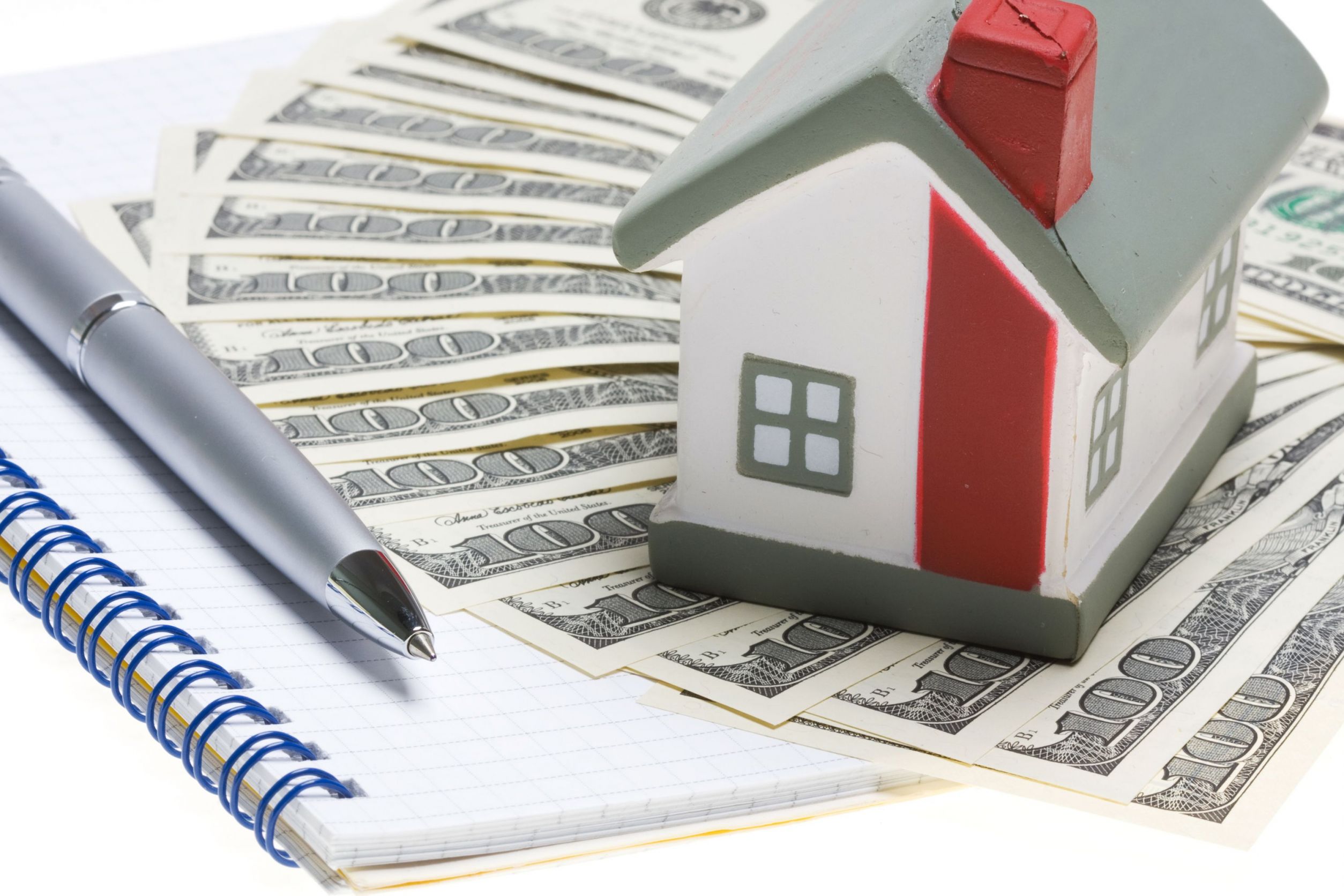Although the 179D tax credit is often called a credit, it actually is a deduction. This means that it can be used to reduce your taxable income for your business for the year in which it is claimed. This is very different than a tax credit that is an equal offset in the amount of taxes that are actually owed by the business.
However, the 179D tax credit or deduction if you prefer, should be a top consideration for building owners and leaseholders. In cases of public sector buildings the architect, contractor or Energy Service Company can claim the deduction for their business on any buildings they work or consult on that qualify.
Qualification Requirements
While not all new construction will qualify, it is important to realize that many of the commercial and public sector buildings constructed, renovated or retrofit in 2005 or more recently will automatically qualify for the tax deduction if they were built using new ASHREA standards that exceed the ASHREA 2001 standards, which are the baseline for this qualification.
This is a real benefit for commercial buildings, multifamily dwellings of more than 4 stories, and even specific types of garages. Buildings that are not taxed because they are exempt because of religious use or because they are non-profit will not qualify. In addition, buildings that do not use standard power sources such as electricity or fossil fuels for their HVAC and lighting will also not qualify for the 179D tax credit since it is specifically set up to reduce use of those power sources.
Three Categories for 179D Tax Credit Considerations
There are three different areas that you can obtain a 179D tax credit including the HVAC system, the building envelope and the interior lighting. By meeting the requirements of a 10% reduction in building envelope energy use, a 15% reduction in HVAC energy use and a 25% reduction in lighting energy use you will qualify for the maximum deduction which is $1.80 per square foot.
With new options in lighting, HVAC and energy efficient windows, doors, walls and roofing materials these percentages are not difficult to obtain. This means that the vast majority of commercial buildings will be eligible for partial or full 179D tax credit. For more information,






